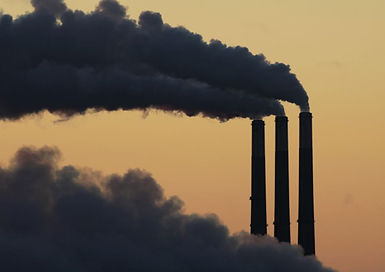
The EcoStack: From Waste to Fuel
-
The first known use of a chimney was by the Romans when they used tubes to draw smoke out of bakeries.
-
In the 12th century, some large houses in Northern Europe had chimneys. However, chimneys only became common in the late 1500’s.
-
The industrial smoke stack first came around in the 17th century. Industrial chimneys were used to move toxic fumes to areas where they had a less harmful impact.
-
Industrial Chimneys, also called Flue-Gas stacks, had a huge part in the industrial revolution. It was discovered that industrial chimneys added a draft of air, which could improve combustion.
Past
Present
-
Smokestacks are modified chimneys used in industrial settings to release flue gases, byproducts of the manufacturing done at that location.
-
These smokestacks are extremely tall to distribute all the harmful flue gases far apart. This is important so it complies with environmental protection laws. However, these flue gases still are major causes of global warming and air pollution.
-
Smokestacks funnel gases into the atmosphere using the principle of the “stack” effect, on the basis that hot air from the factory rises will cool air outside sinks.
-
Smokestacks often have scrubbers. These scrubbers mainly help get rid of sulfur dioxide (SO2), a harmful compound that can negatively impact the environment and cause acid rain. Our product, the EcoStack, converts CO2, a greenhouse gas, to useful compounds such as fuel and oxygen.
-
Carbon capture is the process of capturing carbon dioxide as it flows up the smokestack. The carbon dioxide is then used again in consumer products or stored. However, the problem with this is that permanent storage needs to be created for the carbon dioxide. Some companies have considered storing it underground, but this will be extremely expensive. The EcoStack builds on this, but instead of storing CO2, it converts it into fuels that can be used instead of stored.
